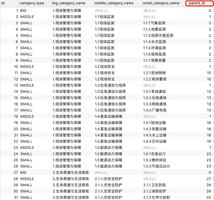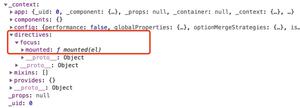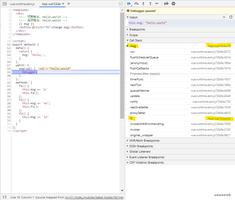10.3 Vue 路由系统

简单示例
main.js
import Vue from 'vue'import App from './App.vue'
//https://router.vuejs.org/zh/guide/#html 如有疑问。请看官方手册
// 1.引入 vue-router
import VurRouter from "vue-router"
// 3.定义(路由 )组件
import Vmain from "./components/Vmain"
import Vcourse from "./components/Vcourse"
import Vmark from "./components/Vmark"
// 2.声明使用 vue-router
Vue.use(VurRouter);
// 4.定义路由对象,每个路由对象映射一个组件
const routes = [
{path:"/",component:Vmain},
{path:"/course",component:Vcourse},
{path:"/mark",component:Vmark}
];
// 5.将路由对象的集合加载在 VurRouter 中
const router = new VurRouter({
mode:"history",
routes
});
new Vue({
el: '#app',
// 6. 挂载在 Vue 中
router, // 相当于 routes:routes 的简写
render: h => h(App),
});
// 7. 现在可以启动你的应用了
APP.vue
<template><div>
<ul>
<li>
<router-link to="/">首页</router-link>
</li>
<li>
<router-link to="/course">课程表</router-link>
</li>
<li>
<router-link to="/mark">编辑器</router-link>
</li>
</ul>
<link href="http://cdn.static.runoob.com/libs/bootstrap/3.3.7/css/bootstrap.min.css" rel="stylesheet">
<!--路由 出口-->
<router-view></router-view>
</div>
</template>
<script>
export default {
name: 'app',
data() {
return {}
},
methods: {},
computed: {},
components: {},
}
</script>
<style>
</style>
总结
准备:
引入vue-router
声明使用
定义组件
映射组件URL
加载在 vue-router
挂载在 vue 上
使用:
router-link 标签
to 属性到 URL
router-view 展现组件内容
以上是 10.3 Vue 路由系统 的全部内容, 来源链接: utcz.com/z/378698.html









